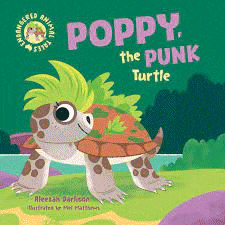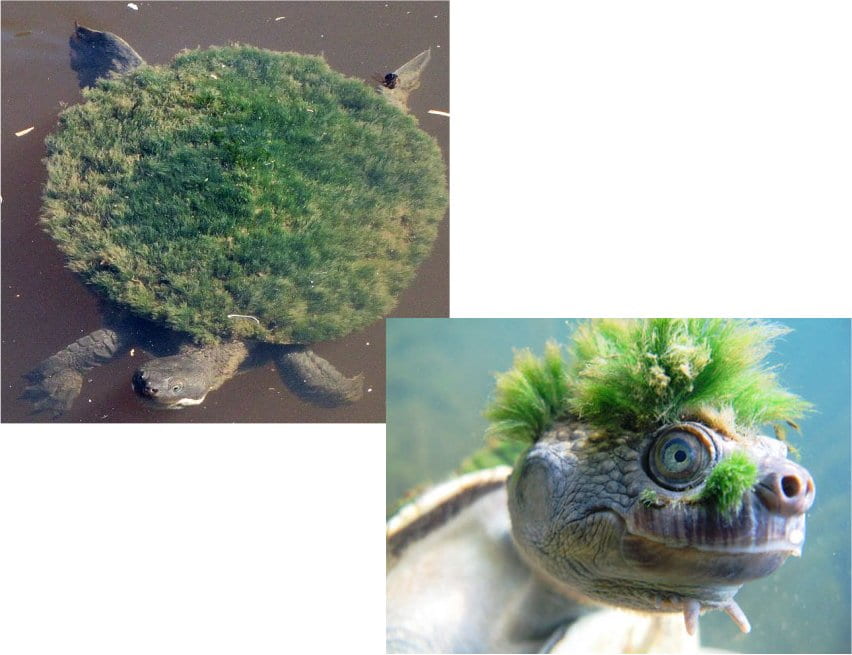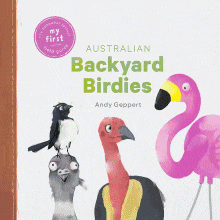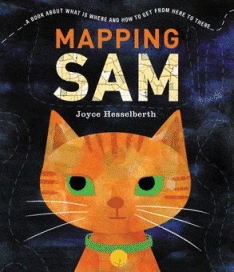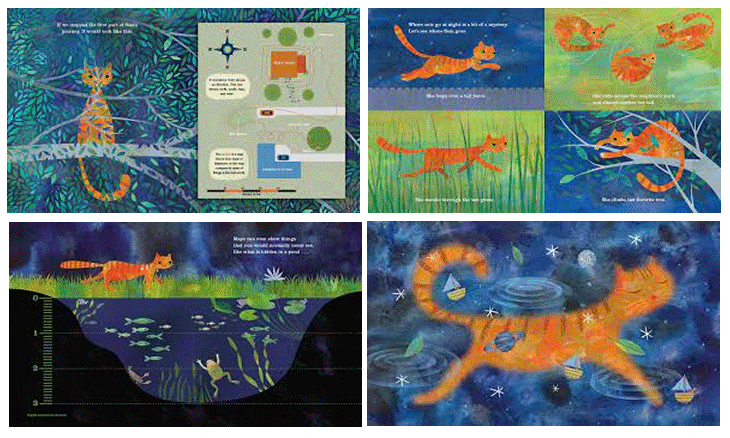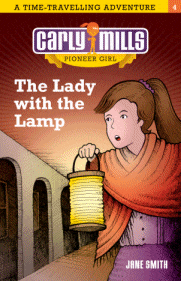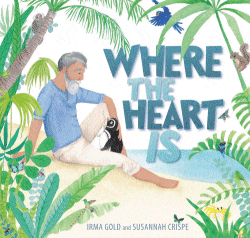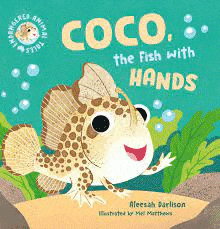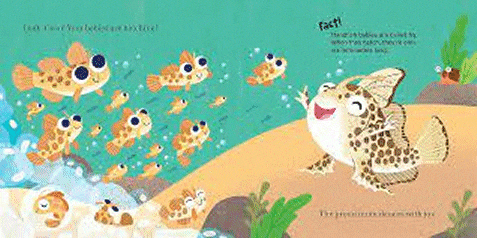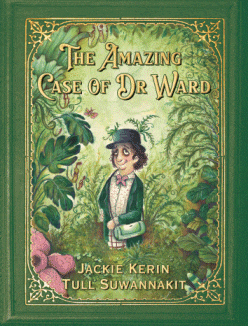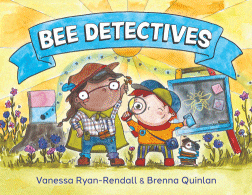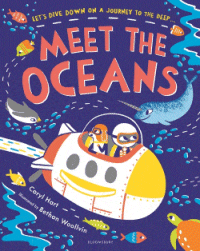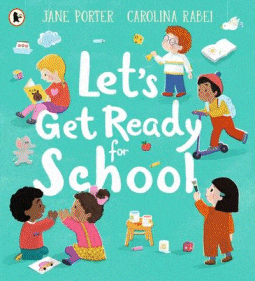
Let’s Get Ready for School
Let’s Get Ready for School
Jane Porter
Carolina Rabei
Walker, 2021
32pp., pbk., RRP $A16.99
9781529502343
It’s time to go to big school but what will it be like? How will the day be filled? What are the expectations?
Using a double-page spread for topics such as getting ready, how to get there, what will happen and even why we go to school, this book follows six children as they begin this new adventure in their lives. The text speaks directly to the child and there are plenty of illustrations to help them imagine this new adventure they are about to embrace.
Even though it is an English production, both the anxiety that children feel and the activities of the new entrants’ classroom are universal and so this translates to the Australian situation well, including a page for the children to talk about the concerns they have..
With big school getting larger on the horizon for our little ones but visits to those early childhood classes limited in some states, this is an opportunity for parents to start preparing their child for what can be expected and if there are online orientations, for classroom teacher to use it as a way to guide their viewers through the first days. They might not be able to show their own classes in action but this is a suitable substitute.
